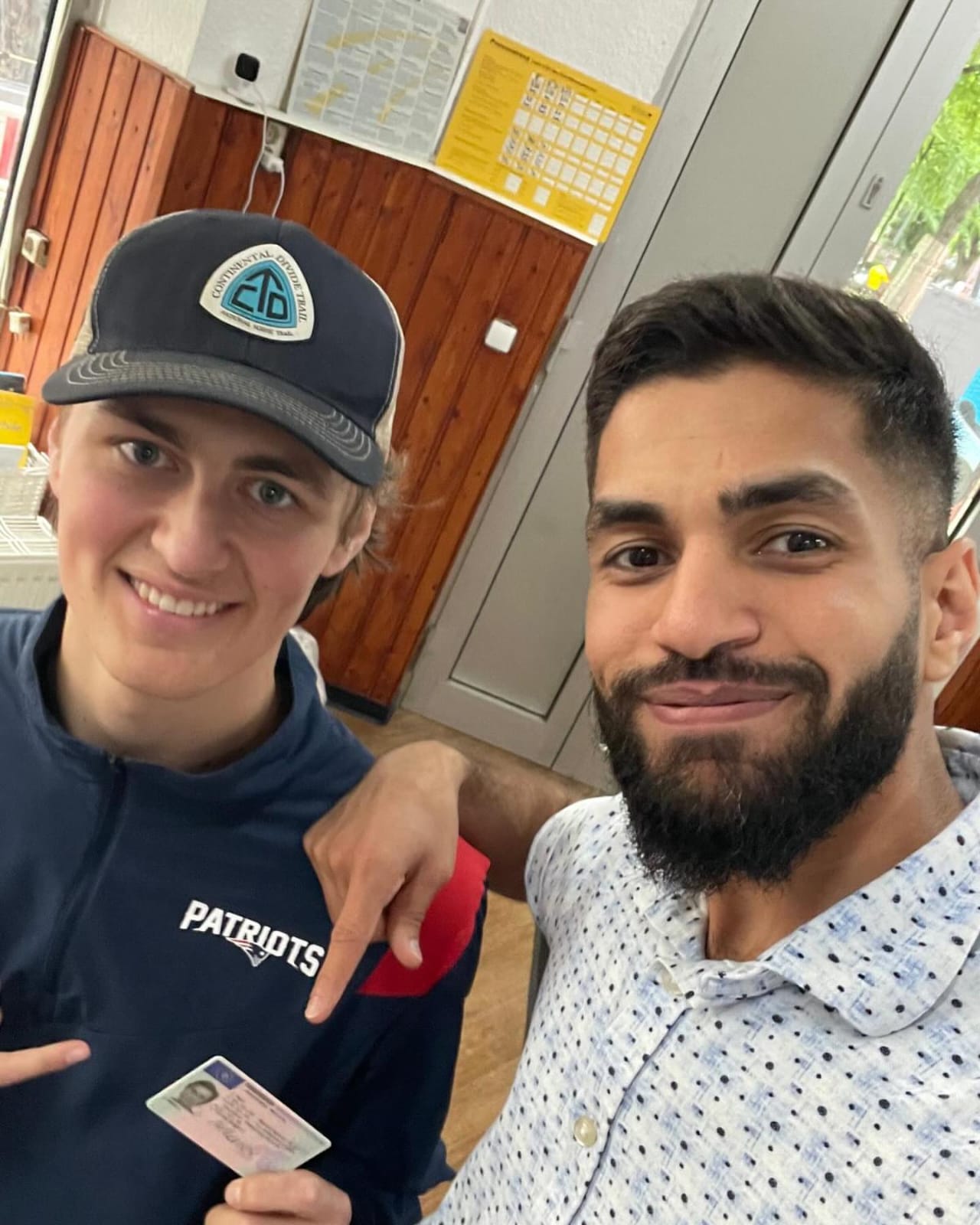11 “Faux Pas” That Are Actually Acceptable To Use With Your Driving License Learning Online
Driving License Learning Online: A Comprehensive Guide
In today's hectic world, the need of having a driving license can not be ignored. bezpieczne prawo jazdy of digitalization has changed the way people can prepare for their driving tests. Online learning platforms now use a hassle-free and reliable methods of obtaining necessary knowledge and abilities required to pass the driving test. This short article will look into the various elements of driving license learning online, including its benefits, how it works, and what to anticipate.
The Evolution of Driving License Education
Typically, obtaining a driving license involved going to physical classroom sessions alongside behind-the-wheel training. Trainees had to juggle traveling to classes and acquiring practical experience, which might be both lengthy and challenging. Nevertheless, the introduction of online learning has actually changed this process, making it more available and versatile.
Benefits of Learning to Drive Online
Learning to drive online deals many benefits, including:
- Flexibility: Learners can get ready for their tests at their own rate and convenience, without the rigid scheduling normally associated with conventional classes.
- Cost-Effectiveness: Online courses frequently come at a lower cost compared to in-person direction, making it an appealing choice for numerous.
- Access to Resources: Comprehensive online courses often consist of simulations, tests, and educational videos that improve the learning experience.
- Upgraded Information: Online products are often updated more routinely, making sure learners get the most existing details on traffic laws and guidelines.
- Self-Paced Learning: Students can examine areas they discover tough and development through the product as they master each subject.
How Online Driving Education Works
A lot of online driving courses are structured to offer a thorough learning experience. Below are the normal elements of an online driving course:
1. Enlist in a Course
- Trainees pick an online driving school that matches their requirements and register for a course.
2. Access Study Materials
- Upon registration, learners gain access to a portal consisting of study products, including multimedia material, practice tests, and resources on state-specific traffic laws.
3. Study and Complete Instructional Modules
- Courses are broken down into modules that learners need to finish. Many platforms provide video lectures, interactive quizzes, and reading materials.
4. Take Practice Tests
- Many online learning platforms supply chances to take practice tests, imitating the real composed driving test. This helps students evaluate their readiness for the real exam.
5. Behind-the-Wheel Training
- While online courses focus on theoretical knowledge, trainees will still require practical driving practice. Most platforms recommend partnering with an experienced chauffeur or enrolling in a local driving school for hands-on training.
6. Set Up the Driving Exam
- As soon as students feel great in their knowledge and abilities, they can set up a visit for the written and driving tests with their regional motor car department.
Table: Comparison of Online vs. Traditional Driving Learning
Feature
Online Driving Courses
Traditional Driving Schools
Flexibility
High (study at own speed)
Limited (set class schedule)
Cost
Generally lower
Normally greater
Learning Format
Self-directed multimedia
Instructor-led lectures
Study Materials
Updated regularly
May not show the most recent laws
Behind-the-Wheel Guidance
Needs external arrangements
Included in the plan
What to Expect from Online Driving Courses
While each online driving course might differ, students can normally anticipate the following:
- Comprehensive Curriculum: Courses cover vital topics such as traffic laws, roadway indications, safe driving practices, and protective driving techniques.
- Interactive Learning: Many online courses implement gamification strategies to make learning fun and engaging.
- Support: A reliable online driving school must provide access to trainers by means of e-mail, chat, or phone for additional support.
Often Asked Questions (FAQs)
1. Is online driving education recognized by all states?
While numerous states accept online driving courses for the composed portion of the exam, policies might differ when it pertains to the behind-the-wheel training. It is vital for students to verify their state's specific requirements.
2. Can I learn to drive without a physical class?
Yes, you can finish the theoretical part of driving education completely online; however, practical driving lessons with a skilled adult or a licensed instructor are vital.
3. Are online driving tests the same as in-person tests?
The format of online practice tests frequently resembles the actual tests, however they may not always be identical to the state-specific driving examinations. However, they serve to acquaint students with the test structure and content.
4. Is online driving education appropriate for all age groups?
Yes, online driving education is accessible and advantageous for students of all ages, whether young grownups getting ready for their very first driving test or older adults looking for to refresh their abilities.
5. What takes place if I stop working the online practice tests?
Failing a practice test is typical and should not discourage students. A lot of online courses allow endless efforts to retake tests and tests until a passing grade is achieved.
Learning to drive online presents a feasible alternative for lots of individuals looking to obtain their driving license in a versatile and affordable way. With the evolution of online education, individuals can now prepare for their driving tests with ease and confidence. As students navigate this self-paced journey, they can benefit from detailed resources, engaging content, and the convenience of handling their own schedules. Eventually, whether choosing online education or a standard approach, the key remains the dedication to safe driving practices and compliance with local policies.
